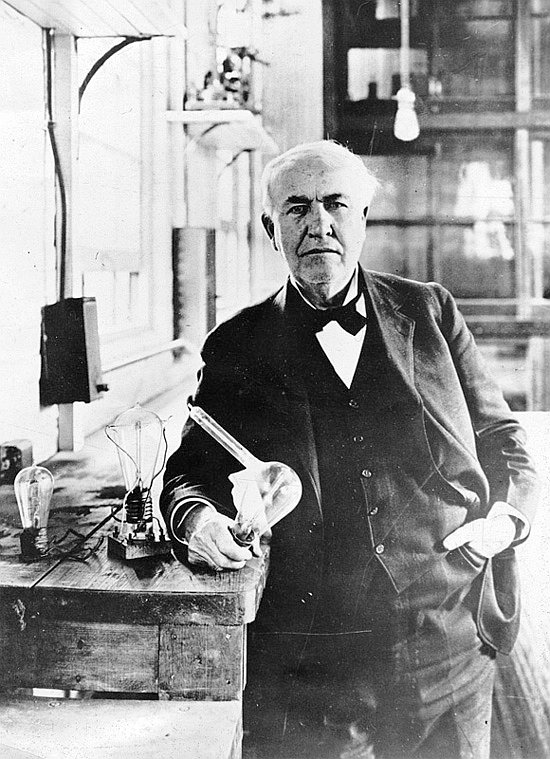|
THE COLLECTIVE HUMAN BRAIN
PLEASE USE OUR A TO Z INDEX TO NAVIGATE THIS SITE
|
|
|
The human brain is a marvel of evolutionary development, from the australopithecines , through homo habilis, to homo sapiens. Literally millions of human brains have worked to generate knowledge of our surroundings, space and the universe.
The life of an individual is finite. With the pressures of living, mortgages and taxes, one person can only do so much. By the time a person has enough knowledge to be able to contribute, they only have forty years to think on a specialized subject. If we are lucky we will make a contribution to society with ideas that may be translated into actions.
The discovery of magnetism and electricity gave us clean motors and light, computers and radio communications that allowed us to explore space. The potential of artificial intelligence might enhance the learning ability of the collective brain, adding to our pool of knowledge. And now we have the internet and search engines. But we are still babes in the woods.
Sharing knowledge is important. There is no point having knowledge if it cannot be accessed and utilized for the greater good. But it has to be accurate to be of use. Science is based on facts and rules generated from observation and experimentation. We are still discovering the environment we are lucky enough to inhabit, we are exploiting it fasted than the natural world can repair our damage.
PERSISTENT DEVELOPMENT - Thomas Edison began serious research into developing a practical incandescent lamp in 1878. He filed his first patent application for "Improvement In Electric Lights" on 14 October 1878. After many experiments, first with carbon in the early 1880s and then with platinum and other metals, in the end Edison returned to a carbon filament. The first successful test was on 22 October 1879, and lasted 13.5 hours. He was not the first to think on the making of a practical light bulb, but he is an inspiration as to building a system whereby they might be economic to use in place of candles and gas lamps, in the process working with others and overcoming legal obstacles. Finally, tungsten filaments and quartz halogen bulbs appeared - all to be ousted by light emitting diodes - some 100 years later. It is all too easy for naysayers to pull apart a concept, it requires vision and devotion to plug gaps in knowledge and perfect what appears impossible to achieve by onlookers, so adding to the collective human brain.
THINK
HARDER
LINKS & REFERENCE
http://
PATENT PENDING - This advanced marine sampling research vessel is solar and wind powered, also incorporating satellite navigation and data sharing for artificially intelligent monitoring of the ocean environment. It is a concept vessel that does not yet exist, though funding applications for development in 2020-2022 are in the pipeline.
|
|
|
This website is Copyright © 2020 Bluebird Marine Systems Ltd. The names Bluebird™, Bluefish™, RiverVax™, SeaNet™, SeaVax™ and the blue bird and fish in flight logos are trademarks. The color blue is an essential element of the marks. All other trademarks are hereby acknowledged.
|


